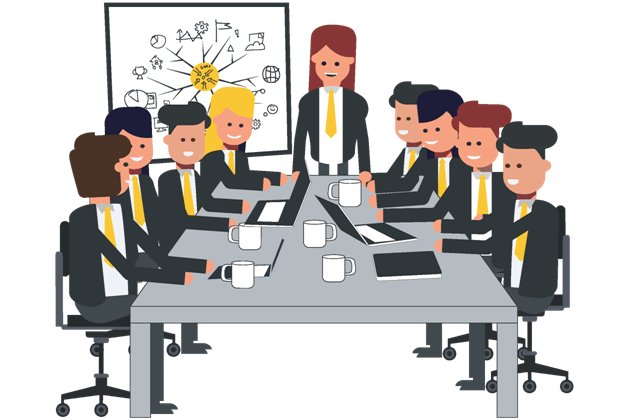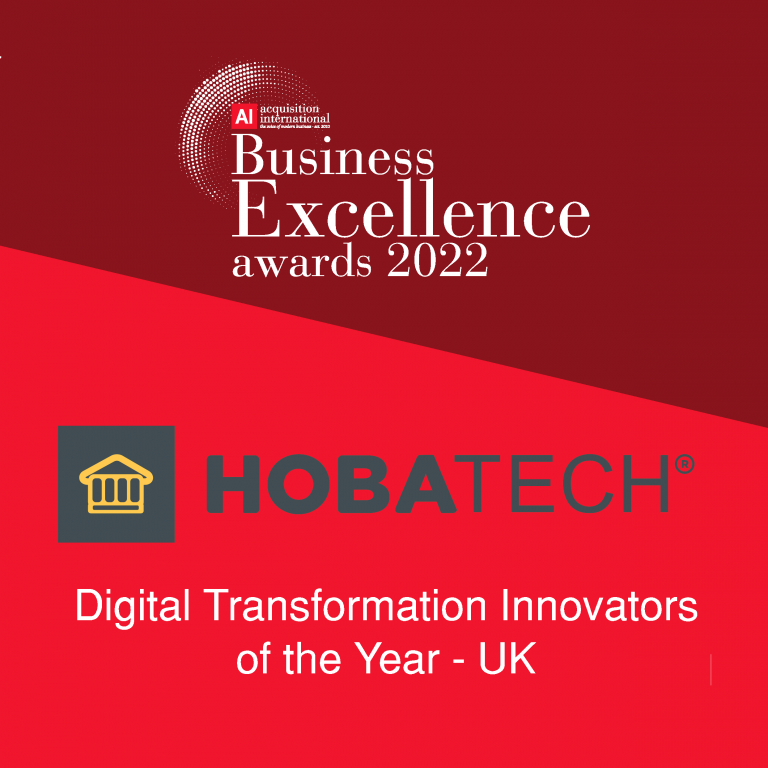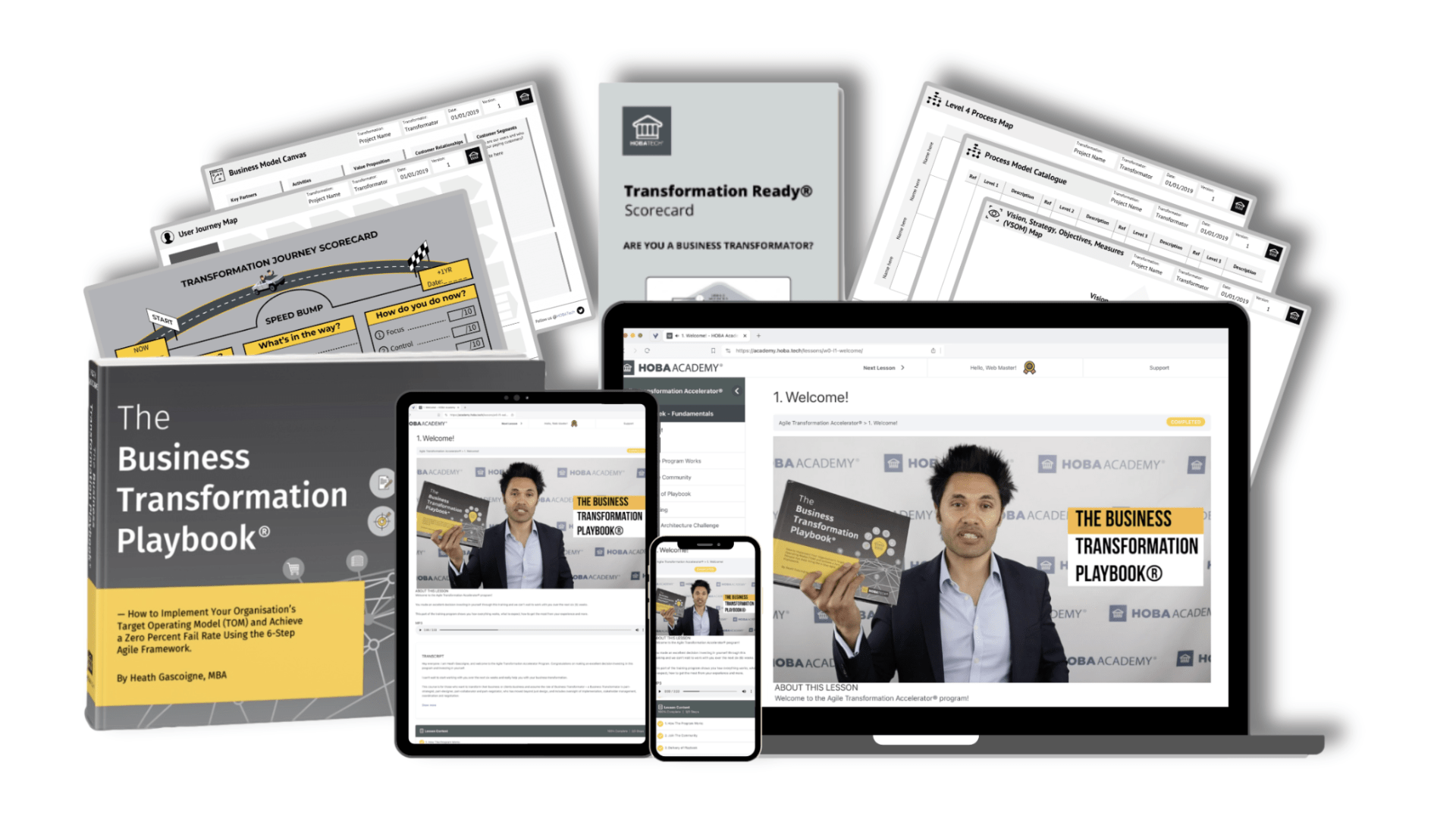If you want to transform your business or help your clients transform theirs and want to do it quicker, with less resistance, then this is for you.
With the advantages and innovations of IT increasingly coming to light, it’s no surprise to see organisations becoming more and more dependent on IT. Organisations are increasingly dependent on IT with IT typically making up 50% of corporate investment.
The mechanism for deriving value out of these IT investments and IT enabled change is through projects, yet realising the full business benefits out of these projects, and therefore IT is illusive, which is a major challenge for managers.
It’s no secret 70% of IT projects lead to failure, making success hard to find. The biggest challenge to successful projects or change however, isn’t a process or technology one – it’s a psychological one.
To increase your success with your projects and specifically IT-enabled change (in additional to having a robust framework to follow, we have here), you need to match the type of change, to the change agent.
The idea that IT-based change should be headed by someone in the organisation most affected by the change is almost the default remedy. Many Organisations will however openly admit this, that its more than just getting the person in the Business closest to the problem to drive it, that’s why they turn to external consultants, those experienced in digital transformation.
There’s a little hidden secret in successful digital transformation delivery – and that is you have to match the type of change agent, with the type of change.
In this post, we’ll look at the three (3) different types of change agents, what to be aware of and how to use these different change agents to your advantage to implement your IT-based changes within an organisation:
- The Technocrat,
- The Facilitator, and
- The Advocate
1. Technocrat
These change agents base their philosophy on hope. This is the philosophy of “if we build it, they will come’. They believe that if they make an effort to build something and introduce it, their efforts will be transparent to others and (just like that?) the change will be welcomed.
The good news is, if you have a Technocrat leading or driving your transformation, the good news is they have a ‘can do’ attitude, which you will need when the going gets rough, or you find yourself facing a few obstacles to get over (namely resistant stakeholders).
The bad news is, Technocrats will however almost say or do anything to get the job completed. They say this because of their motivation. Their motivation is to leave a legacy, regardless of whether the project was a success or not. This includes having little regard for business outcomes because as the name suggests (“Technocrat”), they have a greater focus on technical aspects. In fact, I have dedicated a whole post to this topic on why business transformations are more than just a technology project.
Technocrats approach to getting work down is predominately authoritative. The tone they set is one where the staff can recommend changes, however, they do not have the authority to make those changes. Although this can make it easier to get work done (having a single decision maker), it also makes staff more reluctant to change due to their limited participation and involvement, which is likely to result in the projects demise.
2. Facilitator
Facilitators are change agents that follow a different approach to the others, one that encourages a greater level of participation. Facilitators have the philosophy “We can work it out”. They believe their role is to ensure that employees are both engaged and involved through the change process, and are seen as crucial to the success of the project.
The good news is if you want everyone’s voice and opinions to be heard and considered, this is your guy (or girl), It’s more likely for employees to welcome a change when they can visibly see and understand the advantages of the change, but also are involved in its creation.
The bad news is – the Facilitator focus is on acceptance, but at a cost. Direction. If not watch closely or equal (or too much) consideration are given to parties or areas outside of the original scope or direction of the project, at the cost of inclusion and participation, you could soon see the project deviating from the original business objectives.
Facilitators are change agents that follow a different approach to the others, one that encourages a greater level of participation, but at a cost. Direction.
Heath Gascoigne Tweet
3. The Advocate
The Advocate change agents that fall under this category are determined to do their best in order to deem the project a success, and are willing to use whatever resources necessary. Advocates are most likely to achieve their objectives because they have the philosophy of “Whatever it takes”. They will say and do, whatever it takes to deliver the project.
The good news is, if your change agent is an Advocate, you have a high chance of success for implementing your project. Advocates are resourceful and are able to use their position and power to call on favours to ensure the project delivers.
The bad news is, in the journey to getting the changes implemented as originally planned, the Advocate is more focused on outcomes and objectives than maintaining a balance between managing the workforce and meeting business objectives, there may be some innocent by-standers or project staff that build up resentment and fall out of favour from feeling manipulated or a feeling of distrust, which has a negative impact on the project, often long after it has finished.
As you can see, no particular change agent is perfect – each has their own pros and cons. However, a successful change agent won’t adhere to one particular type. Instead, they should adapt common practices that are known to contribute to IT project success. Here’s my Top-5:
- Effective and thorough planning
- Appropriate user involvement and strong management support
- Good change management practices to implement the IT-based change efficiently within the organisation
- Work Collaboratively to encourage and support team working
- Regular and properly managed project monitoring and agile ways of working to enable quick (re)action to mitigate issues and efficient risk management.
Check out my webinar for exclusive access to trips and tricks that’ll help you make sure your business transformation project is an absolute success.
Management Techniques to Enhance IT Project Performance
In our experience, project performance can be greatly enhanced if the respective change agent adopts a few management techniques that are known to work effectively and guarantee success.
- Project Governance: This includes staff support, appropriate resource allocation and utilization, user collaboration, and careful alignment of projects with organisational goals. I always stress on collaboration because its leading indicator how successful the process and outcome is going to be.
- Goal Tracking: Track project objectives to ensure they are completed timely, within the specified budget and fulfill all specifications.
- Risk Management: Think for the best, plan for the worst. Forget the ‘things you know you don’t know’, and focus on what you do know. Identify and mitigate the known risks and how they can be avoided, and have contingencies in place for when they do.
- Stakeholder Analysis: Identify parties with vested interests that can help or hinder your project, including strategies to manage them. I have created a detailed post on how you can keep the senior management in the loop the right way.
- Methodologies: Carefully match project details, life cycle and development processes to the needs/situation within the Organisation – and adopting a flexible approach whenever needed. Sorry, one size does not fit all!
- Change Management: People are change adverse, you should expect resistance. Go into any change project, even IT-based with a people-first approach and take them with you on the change journey, together.
- Benefits Realisation: Now this is critical. Implement visible and intentional actions by management to realise benefits and learn from the project from the start. Don’t finish the project then start thinking about Benefits. If so, you have already failed. If you’re wondering why I always prefer “benefits” over “value”, here is a detailed guide that will help you understand why benefit-oriented businesses tend to do better.
- Capabilities Development: Building capabilities at individual, team and organisational levels using business architecture, practices and training, too, if needed.
FYI – my business transformation playbook contains actionable steps you can start taking right now to expand your business!
Feeling like all of this is a bit too much to take in? I have created the ultimate course with 6 easy but proven steps that you can take to ensure your project brings forth real results.
There’s no perfect recipe to a successful IT project. However, years of experience as a professional Business Transformer has taught me that following a proven process , framework and blueprint can increase your chances of success by a great deal.
Don’t forget to head over to the HOBA Academy for informative lessons on how to ace your transformation and smash all obstacles that come your way.
Thank you for reading this!
Sincerely,
Heath Gascoigne
P.S. If you want to join our Business Transformator community of like-minded Business Transformators, join the community on the Business Transformator Facebook Group here.
P.P.S. If you want to learn more about business transformation, check out The Business Transformation Playbook here.
For more information, visit https://www.hoba.tech.














